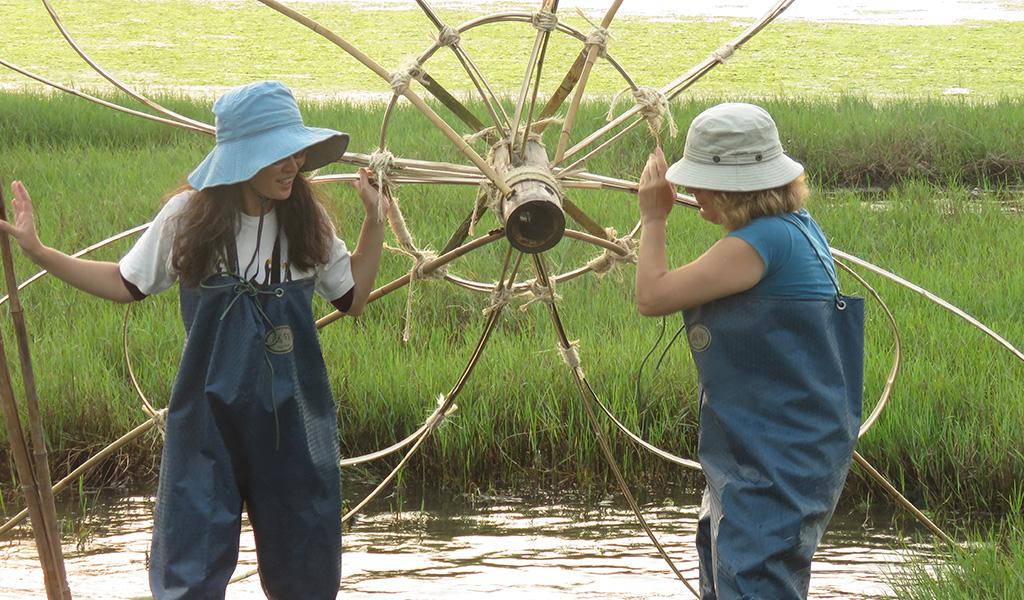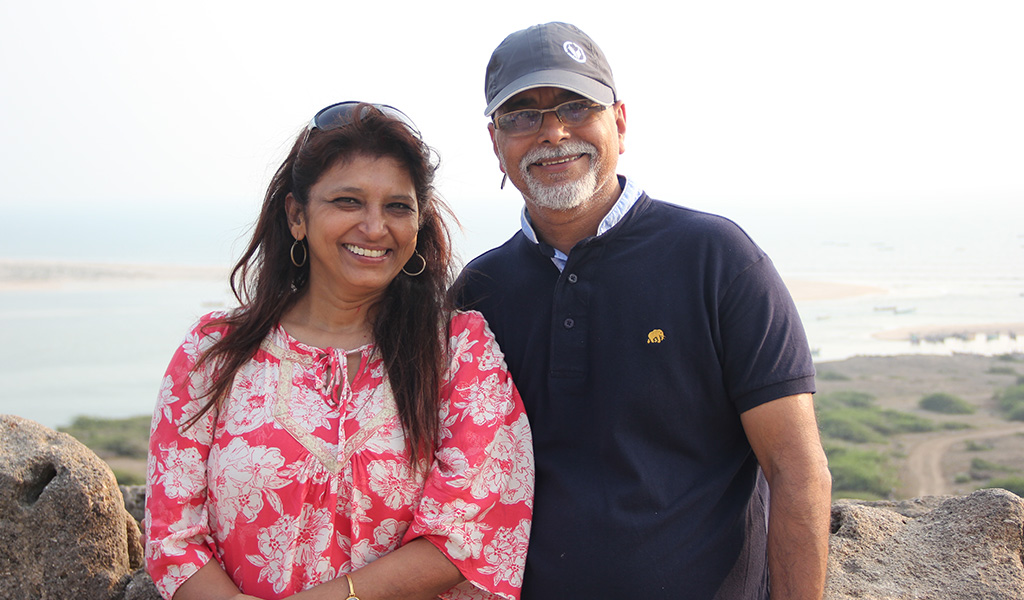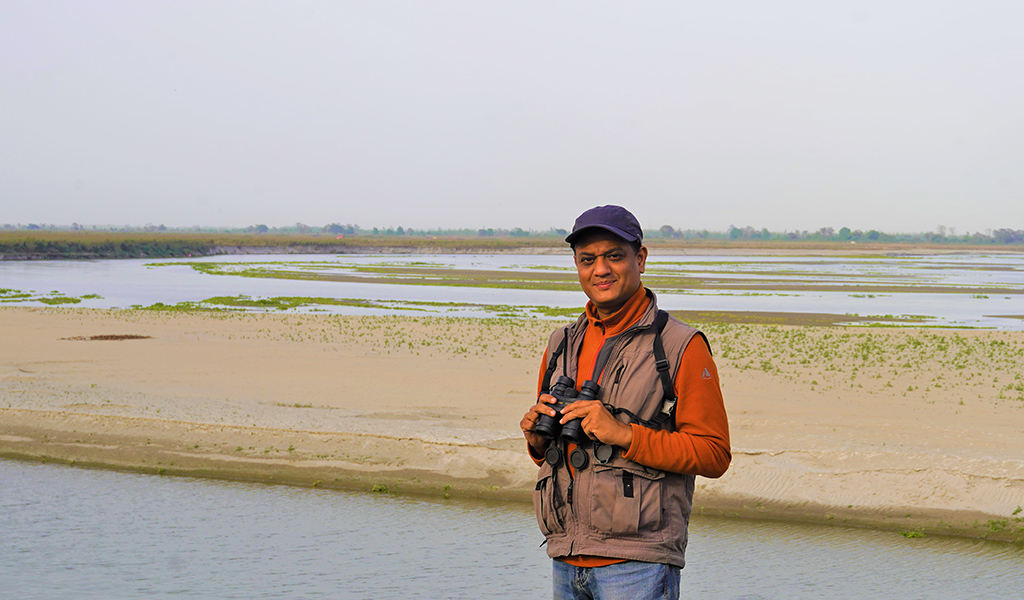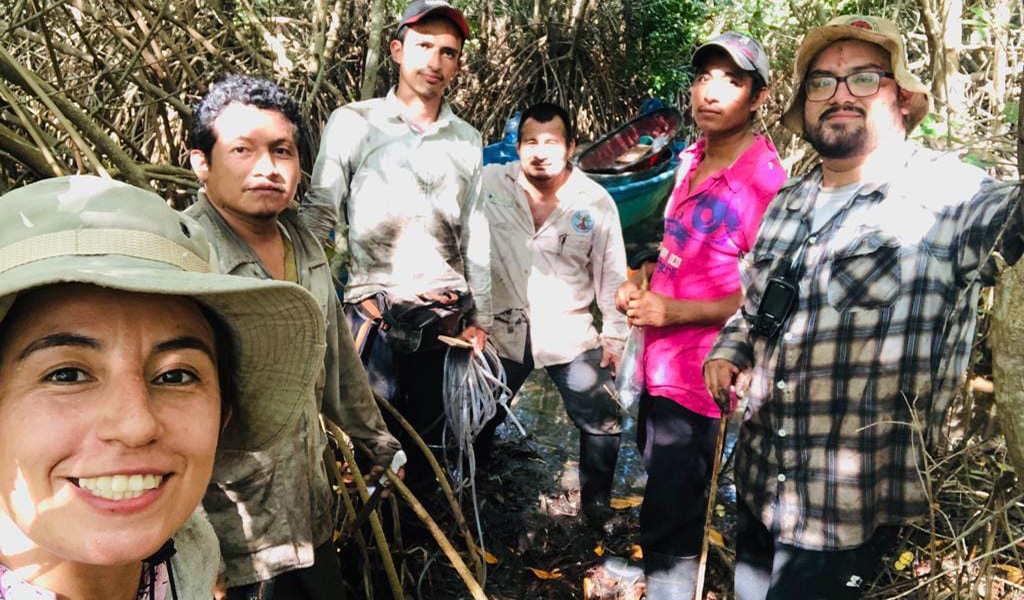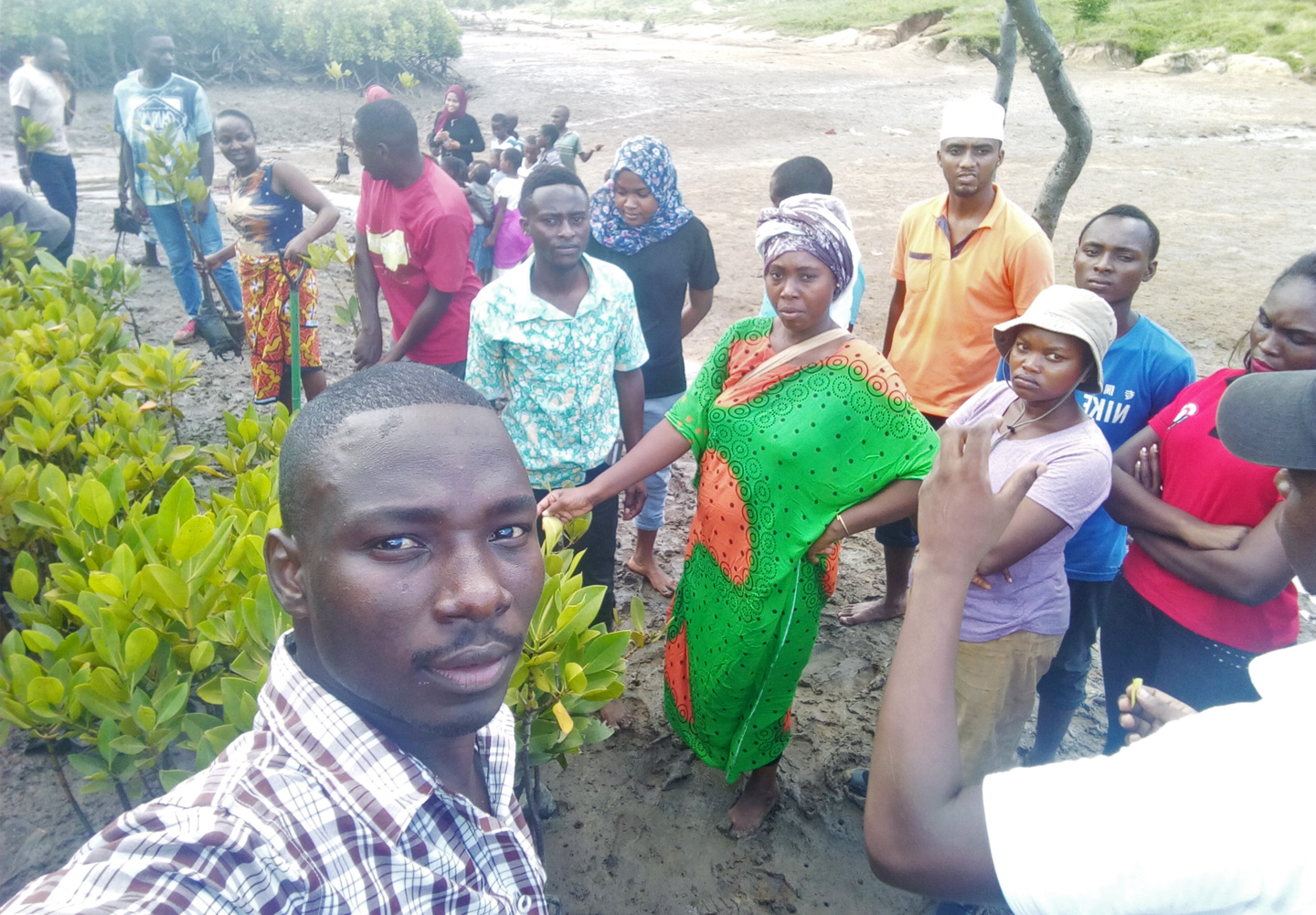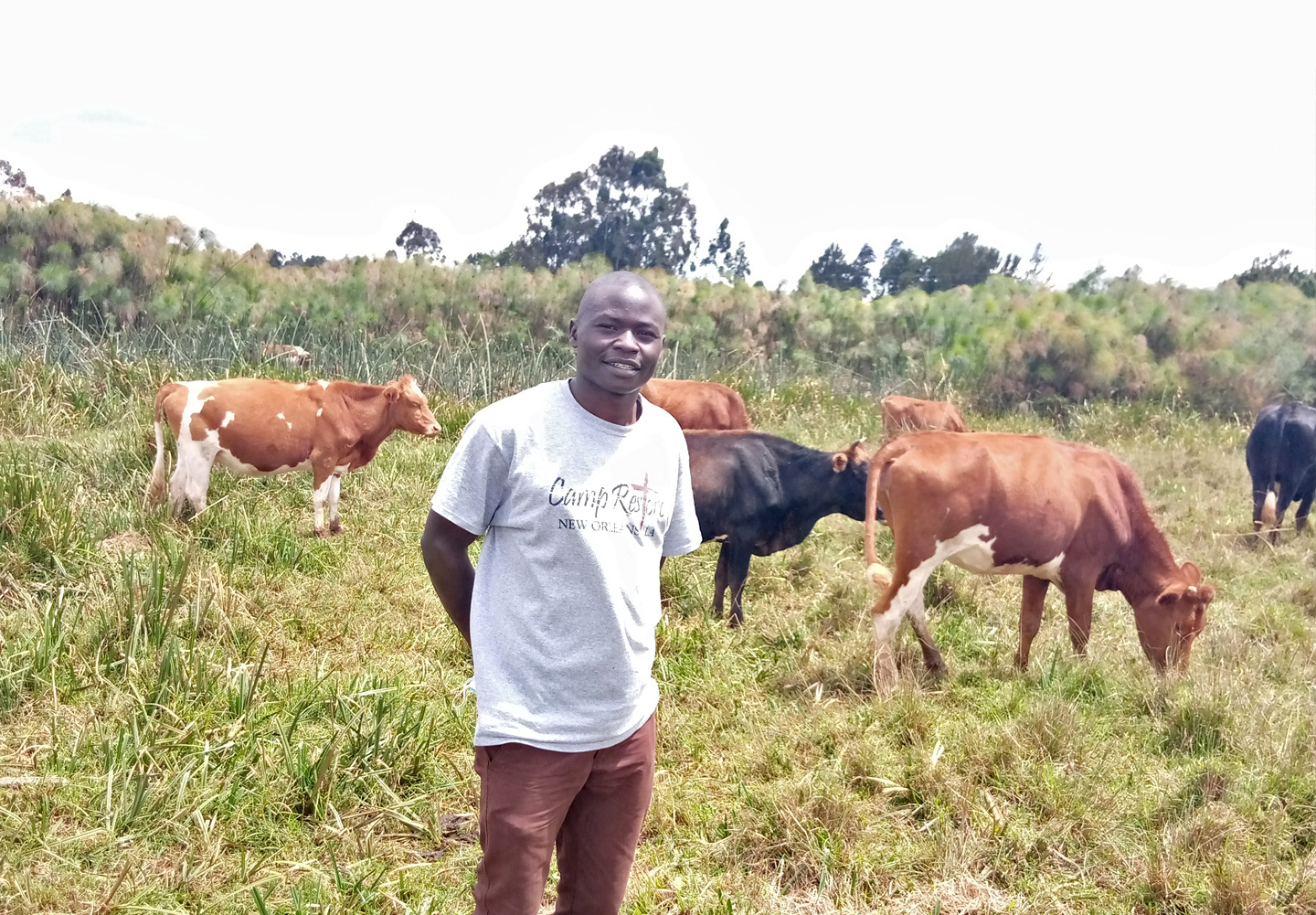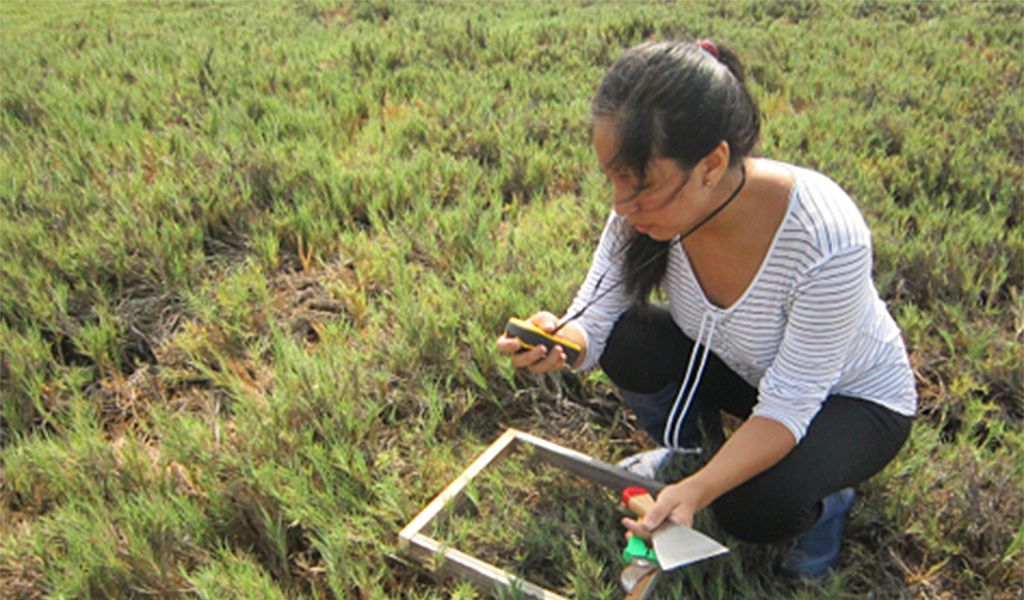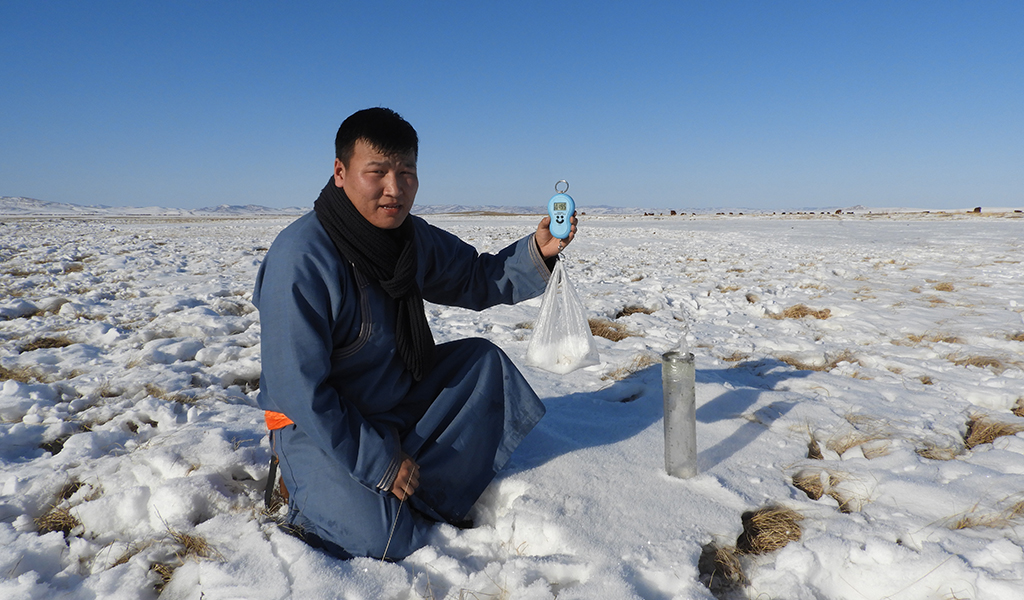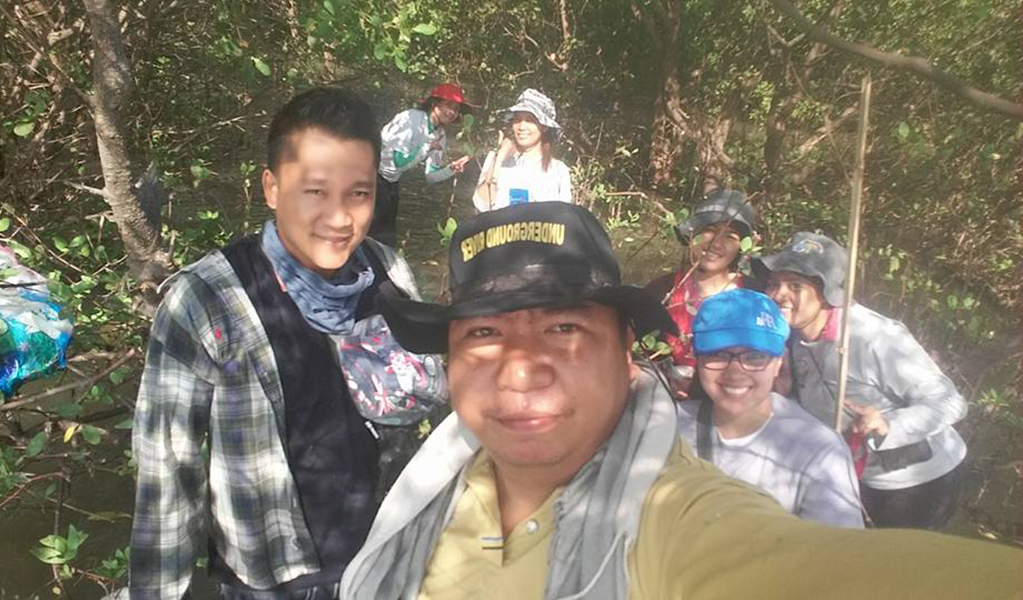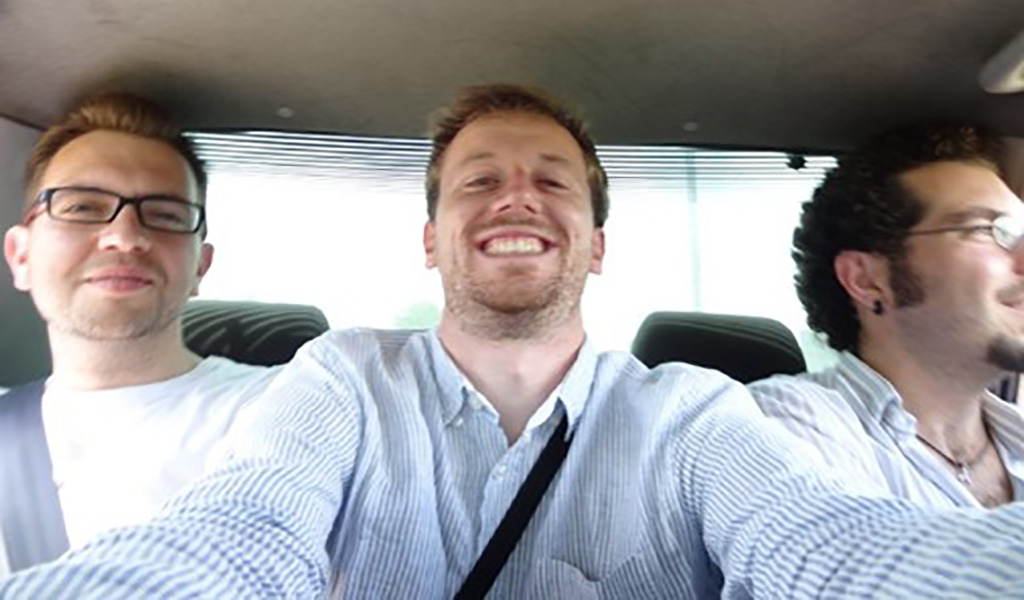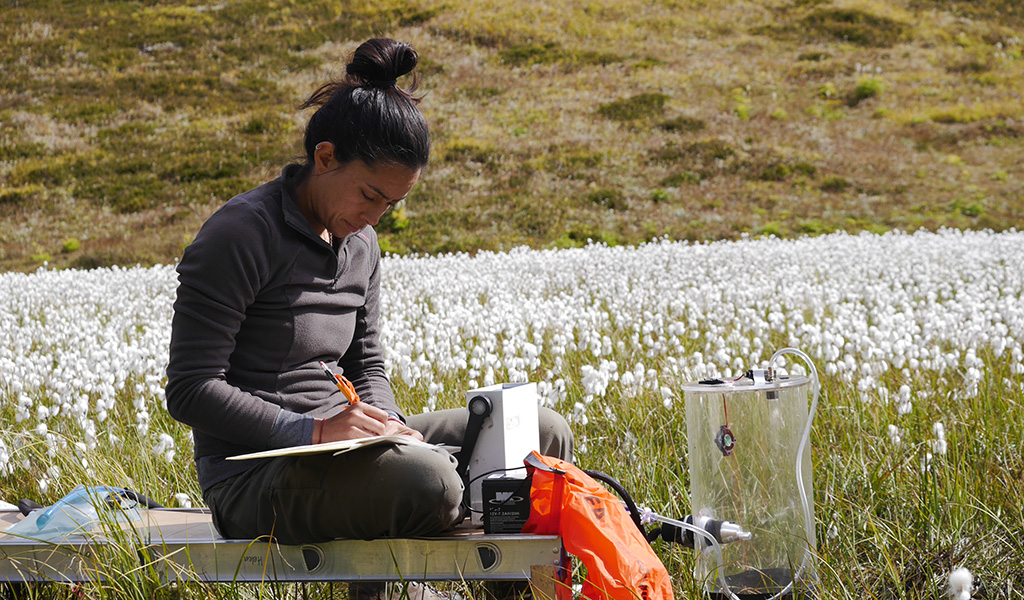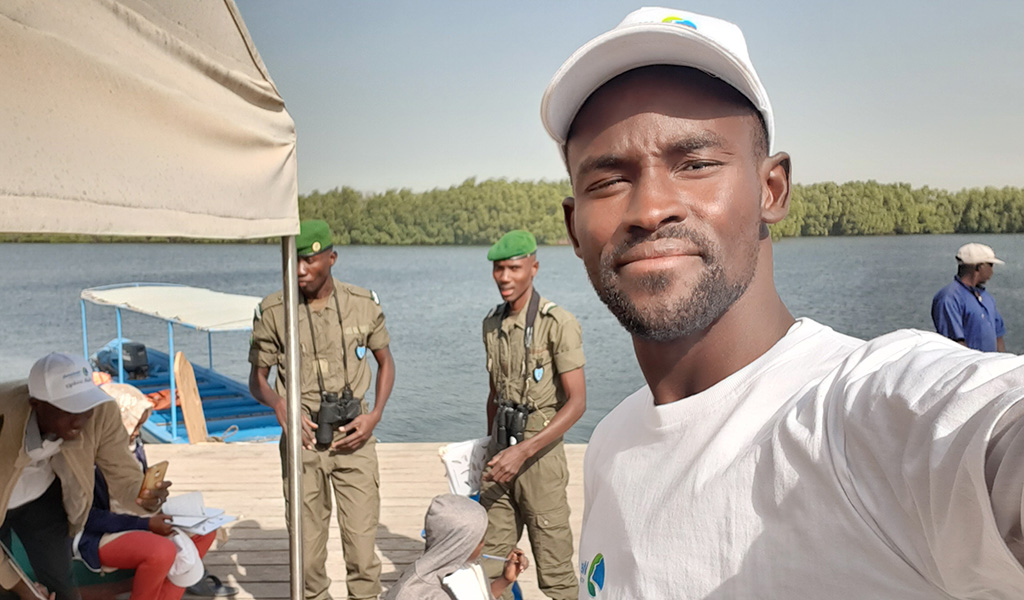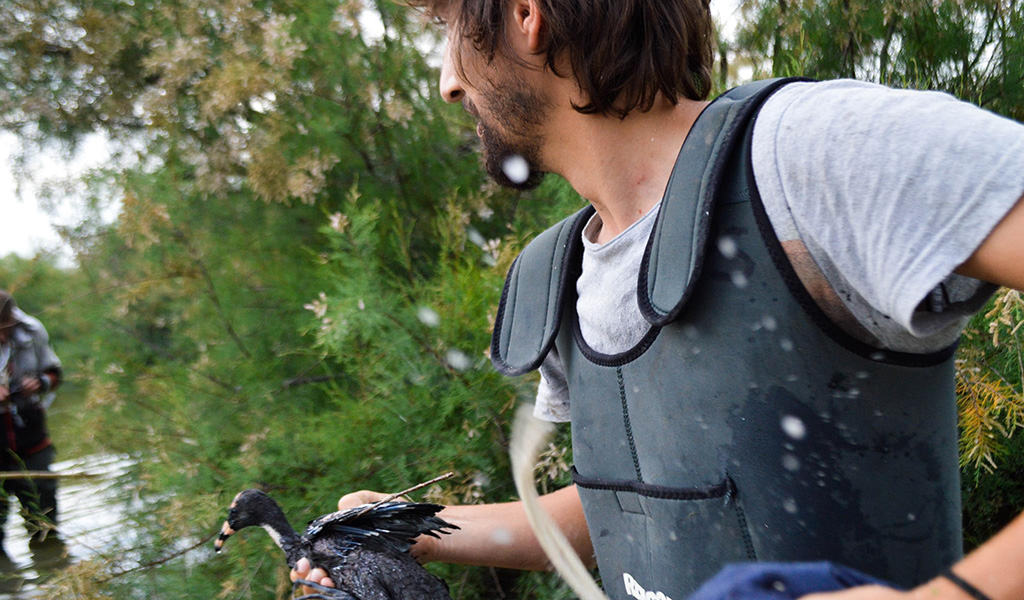When people’s livelihoods are taken away due to a change in the environment, it is difficult to help them adapt to the new situation. This was the case in Chenglong in Taiwan, where villagers found themselves surrounded by a wetland due to subsidence. Chao Mei, an artist and environmental educator from South Taiwan, took on the job to help people learn to live with their ‘new’ wetland and, through art, to begin to value it.
“ I strongly felt the people’s hopelessness because they lost the hope of land and livelihood.”
Chenglong Wetlands is an ‘accidental’ wetland of over 100 hectares located in rural Yunlin County, on the South-central coast of Taiwan. The wetland formed as a result of the low altitude of the Lower Hukou area of Kouhu Township and long-term over-extraction of groundwater, which resulted in serious land subsidence and frequent floods. Together with an encroaching sea and frequent typhoons, these factors have turned the area into wetlands unsuitable for farming.
Today, sodden land exists where the villagers’ farms were once before. According to Chao Mei, some villagers actually see water when they open the door. Crop farming has become impossible, the community economically depressed, and young people have been leaving to find jobs elsewhere in their droves.
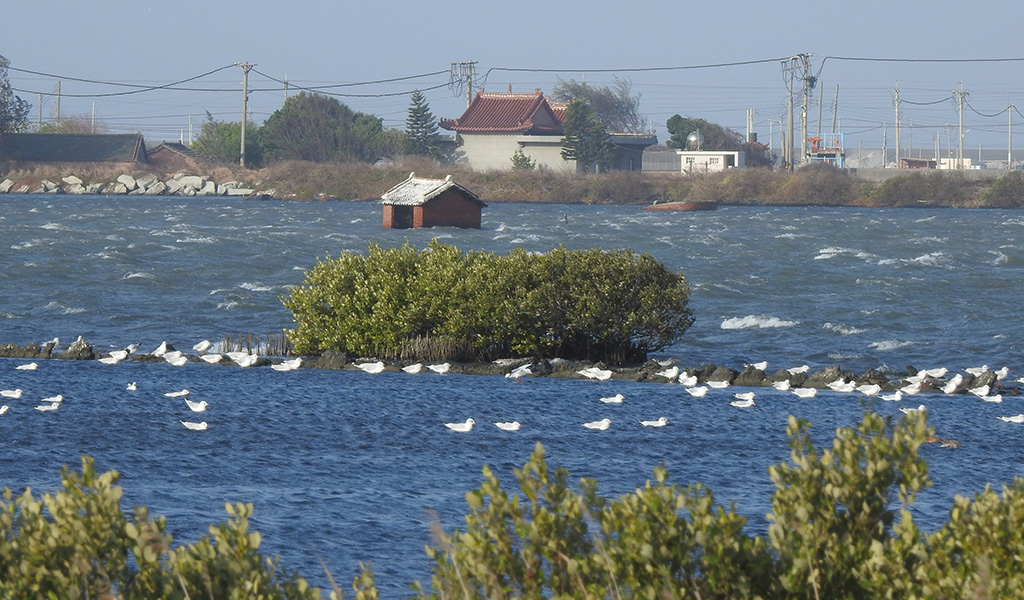
With more water coming in every year, former rice fields have been transformed into fish farms and a nature preserve area has been created for the brimming biodiversity.
Despite the turmoil for its human inhabitants, the area’s brackish water is teeming with wildlife. Crabs, fish, and water plants like reeds, have begun to populate Chenglong – and 120 bird species, many of which are migratory birds, including the Black-faced Spoonbill, Gadwall, Oriental pratincole and Eurasian Kestrel are regular visitors. Even a new fish species was discovered here, Chao Mei says.
The Cheng-Long Wetlands International Environmental Art Project is part of the environmental education program of the Kuan Shu Education Foundation that fosters environmental education. It was started in 2009 to help shift the village mindset and find a new way of life.
“At that time, I was just back from working for the Kuan-Shu Educational Foundation after doing museum studies in the UK,” Chao Mei explains. “I worked as the head of environmental educator and was asked to lead a new team to start the new project in the Chenglong Village. I strongly felt the people’s hopelessness because they lost the hope of land and livelihood.”
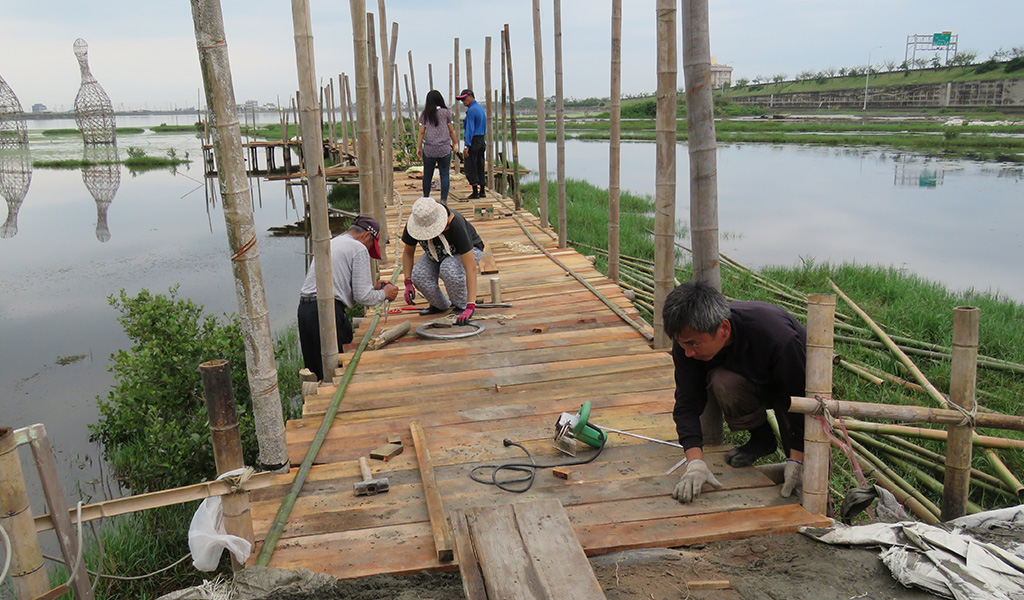
The project is helping locals adapt to the impacts of climate change that have been felt in Cheng Long for over 25 years, putting pressure on the local economy.
International and local artists are invited to stay in the village for about 25 days and work with children from the local elementary school to make environmental sculpture installations using locally sourced materials, such as reeds, drift woods, bamboo, oyster and clam shells, as well as recycled materials taken at the recycling centre.
Chao Mei invited the American curator Jane Ingram Allen, to come and manage the project. She was one of the first foreigners the villagers ever saw. Jane says: “We had no language in common, but I was surprised at how well we were able to communicate through art. Over time I started to notice people become friendlier towards me and the other artists. We gave them a sense of pride about the art works and their wetland.”
“We had no language in common, but I was surprised at how well we were able to communicate through art. We gave them a sense of pride about the art works and their wetland.”
The artworks are specifically designed for the outdoor sites they are located in. One example that has become well-recognised is “Water Core” by artist Roger Rigorth of Switzerland made in 2015. Using bamboos and sisal rope, Rigorth built flexible structures resembling bottles in the wetlands. The idea was to create symbolic vessels to hold water, containing the water’s spiritual soul. The shape of the vessels is that of fruit cores.
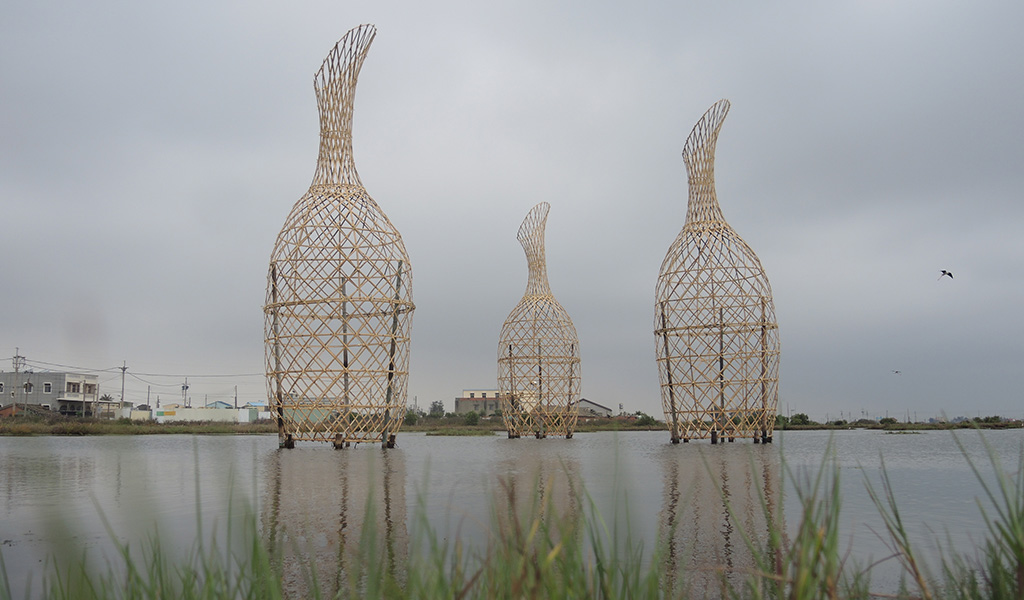
An example that has become well-recognised is “Water Core” by artist Roger Rigorth of Switzerland made in 2015. Using bamboos and sisal rope, Rigorth built flexible structures resembling bottles in the wetlands.
With more water coming in every year, former rice fields have been transformed into fish farms and a nature preserve area has been created for the brimming biodiversity. In 2018, Chenglong Wetlands was officially designated as a nationally important wetland because of its growing importance for biodiversity, research and environmental education.
Chenglong has become a good place for Taiwanese people to learn how to live with nature, how to face environmental problems and try to solve it, according to Chao Mei. The project is helping locals adapt to the impacts of climate change that have been felt in Cheng Long for over 25 years, putting pressure on the local economy.
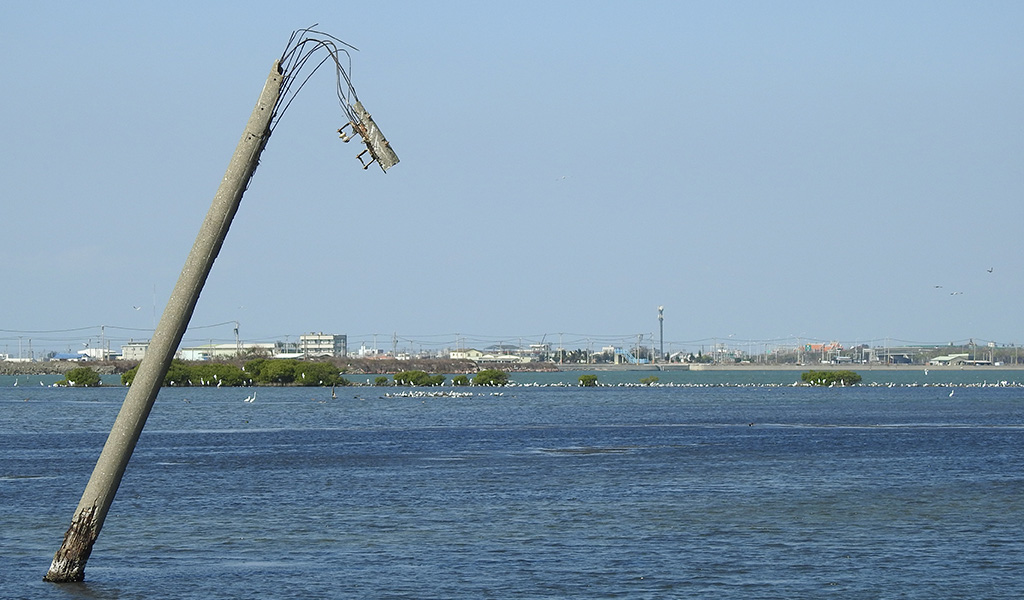
The global attention on Chenglong has helped seed similar projects around the world, and those artists and curators who came to Chenglong have developed similar projects in their home countries.
Chao Mei hopes that through the ongoing community activities, environmental education programmes and art projects, a new generation will take up the mantle. “We hope they will develop even more creative ideas to safeguard the wetlands,” she says.




